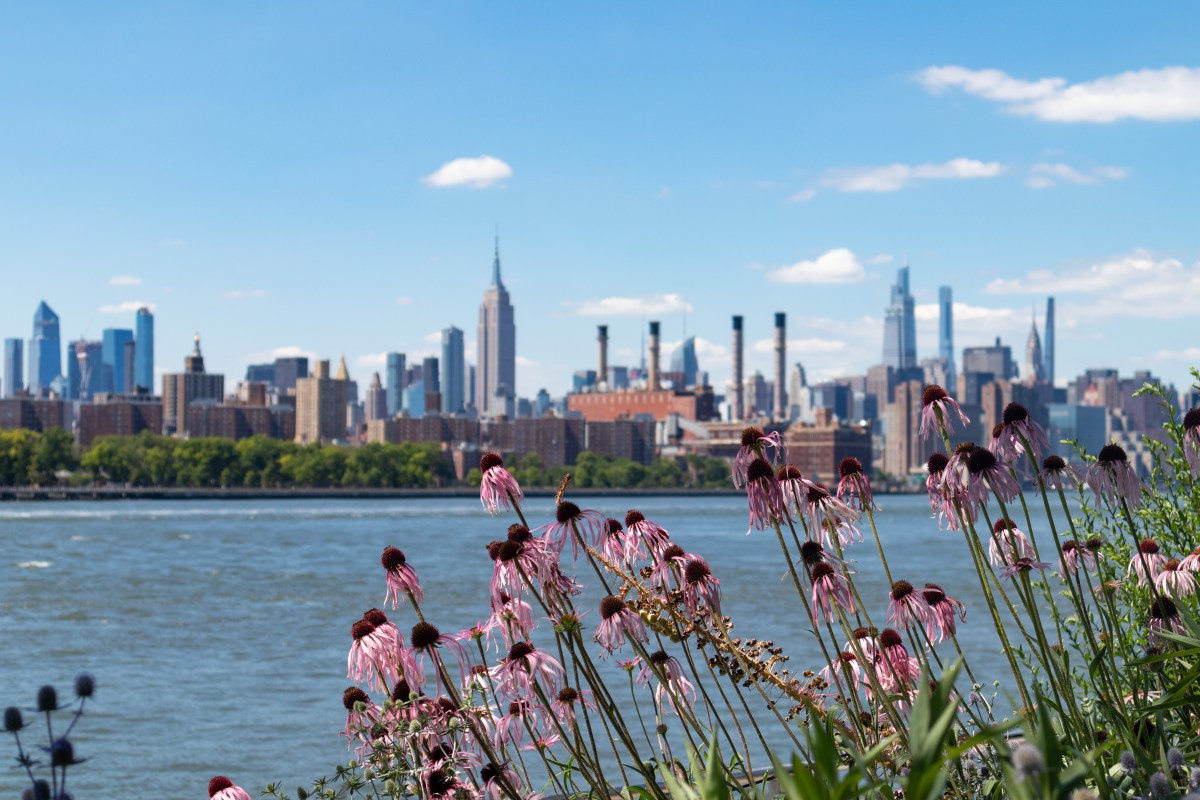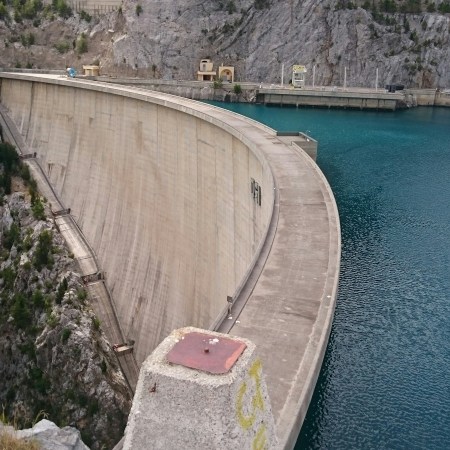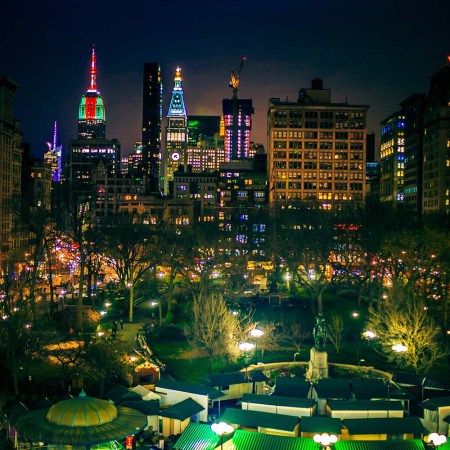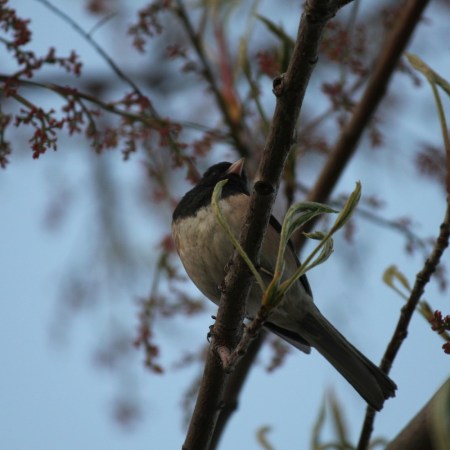Growing up in Washington Heights in the early 1900s, Yankees legend Lou Gehrig used to take regular swims in the Hudson River. His friend group’s favorite spot was up on 181st Street. One day, he decided to swim the mile across the river to New Jersey and back again. His dad “boxed his ears” for the stunt. In Gehrig’s day, New York Harbor was relatively clean; it even contained a fair share of wild oysters.
In the decades following, as industrialization mounted, the Hudson and East Rivers earned their filthy reputation. The city’s sewer overflow system, which was built with wood in the 1800s, slowly began to deteriorate; after every heavy rain, sludge would pour into any of 500 outfall sites. The waterways also had to stomach the irresponsible (to put it mildly) disposal of toxic chemical compounds from factories upriver.
In the 30 years following World War II, General Electric dumped millions of pounds of carcinogenic waste into the Hudson River. A report published earlier this year estimates the corporate behemoth could be liable for up to $22 billion in damages, and effectively set the health of the river back 70 years.
However, the 2020s have witnessed the advent of an exciting comeback story for the region — one that’s a huge surprise for anyone not working closely with organizations like the NY/NJ Harbor & Estuary Program, New York Harbor School, Billion Oyster Project, New York Harbor Parks or NYC Audubon.
The city’s rivers are now the cleanest they’ve been since the Civil War, as a spokesperson for the NYC Department of Environmental Protection recently told the Wall Street Journal. They even have a picture book-worthy mascot: bottlenose dolphins have now been spotted in the East River and surrounding areas for the last two years, signaling the return of a once-thriving ecosystem.
A study published last month by Columbia University and the Wildlife Conservation Society confirmed that New York Harbor is once again a “dining spot” for the intelligent mammals (which you would recognize as the stars of aquarium shows). They’ve returned to eat the Atlantic menhaden, a herring normally found along coasts and in estuaries from northern Florida to Nova Scotia, but one that — like just about all other signs of aquatic life — had little interest in swimming in the Big Apple’s polluted waters for a century.
But more menhaden could mean more biodiversity in New York Harbor. The Nature Conservancy has called it “the most important fish in the sea.” Dolphins love the tiny fish (they’ll eat up to 20 pounds of it a day), but then, so do predator fish like bluefish, striped bass, cod, swordfish and tuna, birds like ospreys, eagles and seabirds, and even other aquatic mammals like porpoises and whales.
New York City has a ton of work to do before it becomes the maritime Eden it once was, but if the people who confront these issues everyday are optimistic enough to daydream, so should we. Just listen to the executive director of Billion Oyster Project, imagining a full-scale return of the harbor ecosystem: “Success looks like a city turned back into a thriving natural resource, in which New Yorkers go about their daily lives knowing they live in and around one of the great natural places in the world…It’s returning actual abundance and diversity to the harbor and to people’s lives so they’re walking up from the subway talking about the egrets they saw on the way to work.”
Or the dolphins they saw, or the eagles, or the whales. Buckle up, Twitter. More sightings are on the way.
This article was featured in the InsideHook NY newsletter. Sign up now for more from all five boroughs.



















